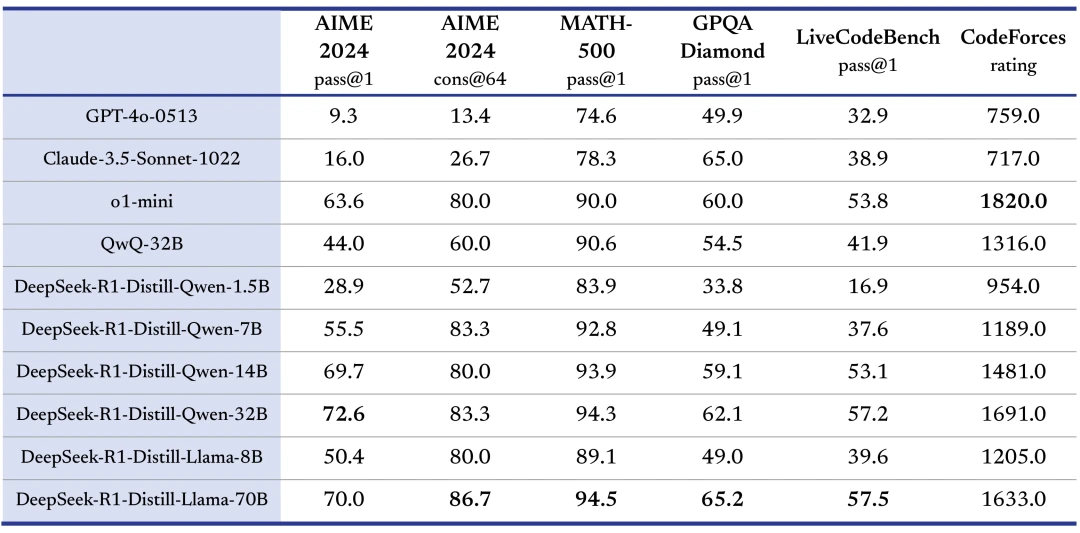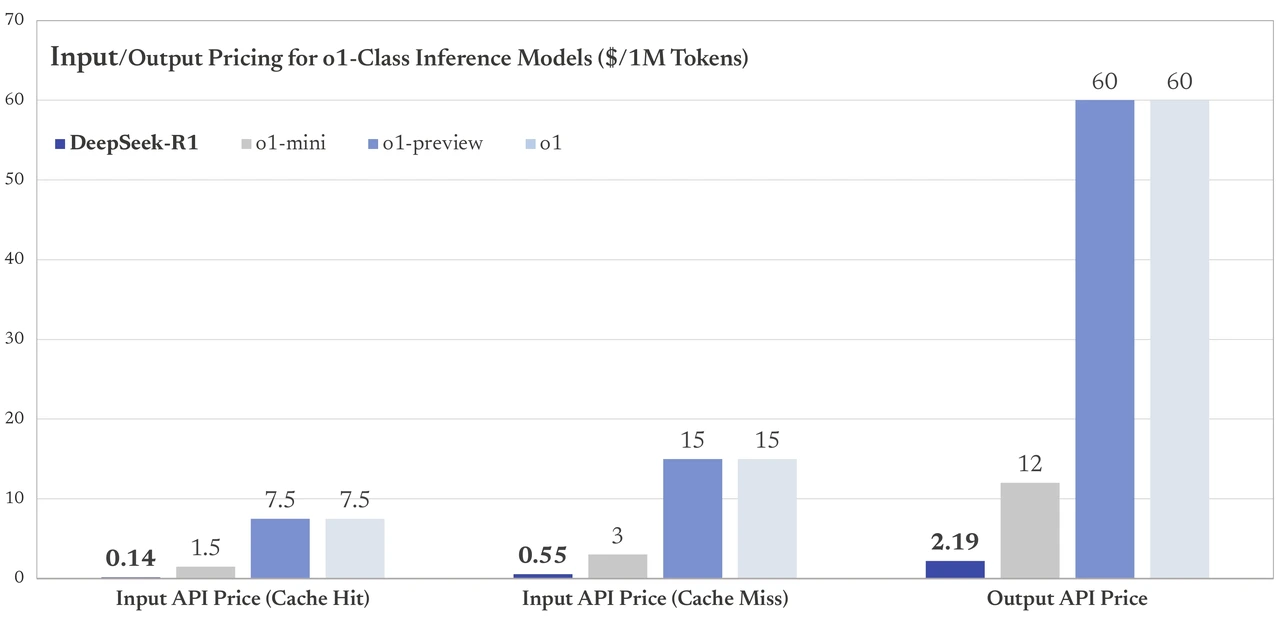The battle between 2 AI models Deepseek vs OpenAI is heating up, with DeepSeek-R1 emerging as a formidable contender against OpenAI’s renowned o1 model. As organizations and developers weigh their options in this rapidly evolving landscape, understanding the core differences and strengths of these two models is crucial. In this article, we will delve into a comprehensive comparison of DeepSeek-R1 and OpenAI’s o1, considering their performance, cost, and safety features to help you make an informed decision.
What Is DeepSeek-R1?
DeepSeek, a Chinese AI company founded in 2023, has made significant strides with its latest model: DeepSeek-R1. This open-source model revolutionizes AI technology with its unique training methods. Instead of merely relying on large-scale Supervised Fine-Tuning (SFT) like OpenAI, DeepSeek-R1 starts with reinforcement learning—a first for open-source models.
This innovative training process allows DeepSeek-R1 to refine its reasoning through careful examples and extensive practice, mimicking a student’s learning journey. The model’s self-correcting capabilities and ability to pause mid-reasoning demonstrate its sophisticated understanding. Moreover, it operates at approximately 5% of the cost of traditional models, as it processes significantly fewer parameters.
What Is OpenAI’s o1?
On the other hand, OpenAI’s o1 represents the pinnacle of AI innovation within its model series, building upon the successes of previous iterations like ChatGPT. The o1 model includes various versions tailored for different use cases and boasts enhanced features for complex problem-solving and logical analysis.
OpenAI’s o1 utilizes a straightforward training approach, learning from a multitude of examples and correct answers. The model excels in sophisticated logical reasoning tasks, making it a trusted option for enterprise-level applications.
Performance Comparison: DeepSeek R1 vs OpenAI o1
 Source: Deepseek Documentation
Source: Deepseek Documentation
To provide a clearer picture, let’s compare DeepSeek-R1 and OpenAI’s o1 across three key areas:
- Mathematical Reasoning Capabilities:
DeepSeek-R1: 97.3% (MATH-500 Benchmark)
OpenAI o1: 96.4% - Coding Proficiency:
DeepSeek-R1: 2029 (Codeforces Rating)
OpenAI o1: 2061 - General Reasoning:
DeepSeek-R1: 71.5% (GPQA Diamond)
OpenAI o1: 75.7%
While both models demonstrate exceptional capabilities, DeepSeek-R1 marginally outperforms the o1 model in mathematical reasoning but with a slight disadvantage in programming and general reasoning contexts.
DeepSeek vs OpenAI: Cost Comparison
 Source: Deepseek Documentation
Source: Deepseek Documentation
One of the standout features of DeepSeek-R1 is its cost efficiency. Below is a comparison of the costs associated with each model when processing 1 million tokens:
| Model | Price per 1M Tokens (Cached Input) | Price per 1M Tokens (Input) | Price per 1M Tokens (Output) |
|---|---|---|---|
| DeepSeek-R1 | $0.14 | $0.55 | $2.19 |
| OpenAI o1 | $7.50 | $15.00 | $60.00 |
The stark difference illustrates that DeepSeek-R1 offers a significant cost advantage — approximately 20 times less expensive than OpenAI’s o1. This affordability is a compelling factor for businesses and developers who are looking to integrate AI technology into their operations.
DeepSeek-R1 vs o1: Which is Safer to Use?
Safety and trustworthiness are paramount in AI applications. Below is a breakdown of the safety features offered by both models:
- OpenAI o1’s Features:
- Comprehensive safety protocols and ethical evaluations
- Advanced jailbreak resistance
- High adherence to content policies
- Formal agreements with AI safety institutes
- DeepSeek-R1’s Approach:
- Human preference alignment through secondary RL stages
- Inherent transparency due to its open-source nature
- Self-verification capabilities
While OpenAI leads in formal safety measures, the open-source foundation of DeepSeek-R1 allows for community-driven verification and greater transparency. Users can choose based on the level of safety required for their particular applications.
Choosing the Best AI for Different Tasks
Depending on your specific needs, here’s when to choose each model:
- When to Choose DeepSeek:
- Cost-sensitive projects that require competitive performance
- Open-source development and research applications
- Mathematical applications needing high reasoning capabilities
- When to Choose OpenAI:
- Enterprise applications demanding rigorous safety features
- Coding projects requiring superior performance metrics
- General-purpose applications needing versatility
The AI Race: What Can We Expect?
The competition between DeepSeek and OpenAI highlights a broader trend in AI development towards both proprietary and open-source innovation. As new entrants, like Alibaba’s Qwen 2.5, appear, the pace of improvement in AI continues to accelerate, promising an enthralling future for AI practitioners.



